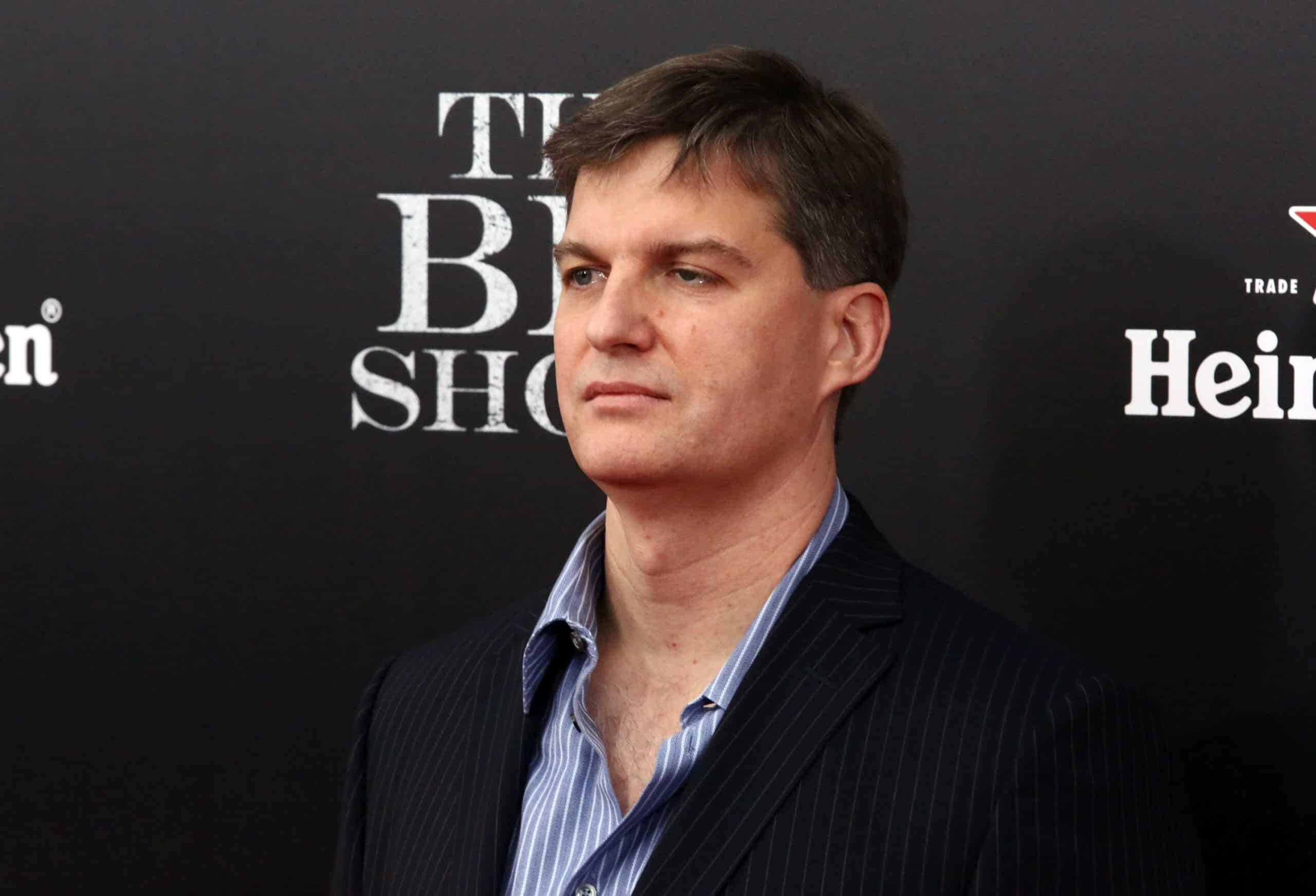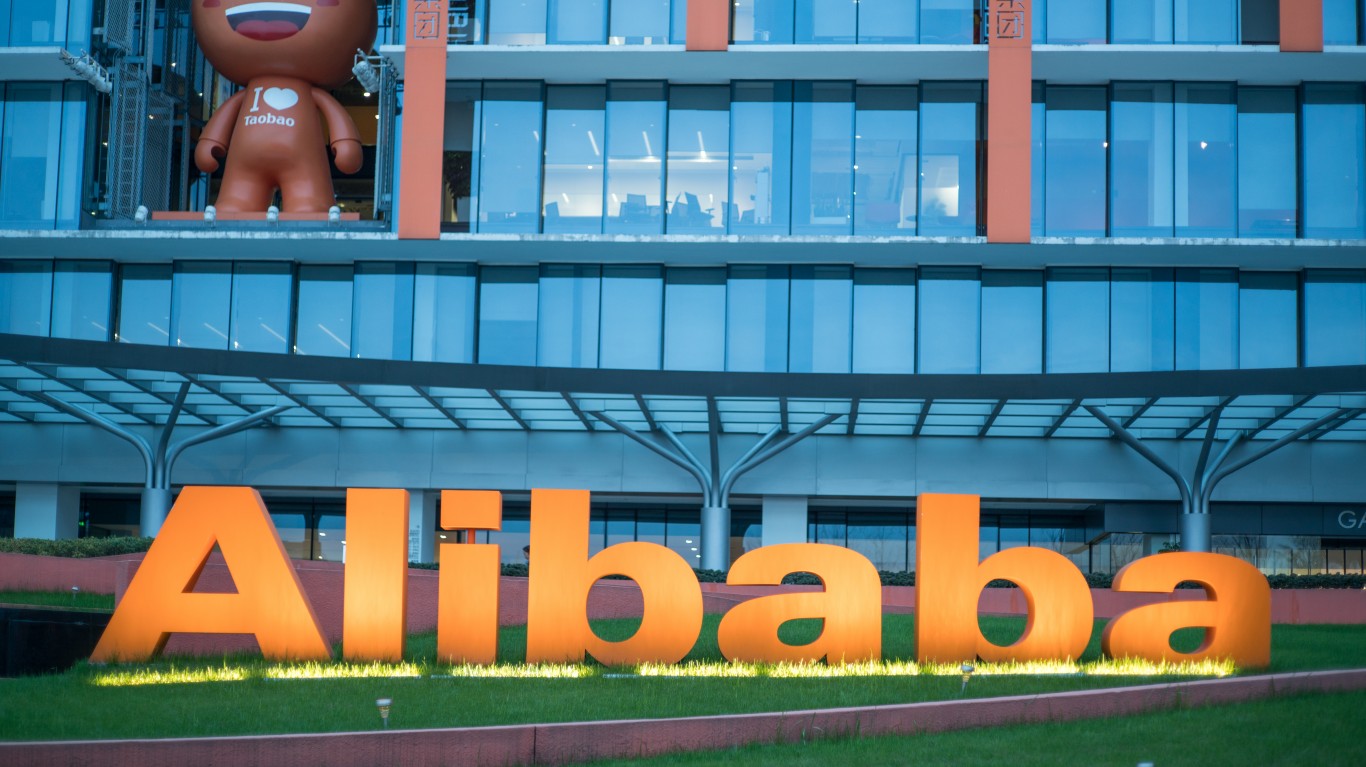Investing
Big Short Investor Michael Burry Dumps Real Estate for Downside Protection

Published:

Michael Burry, for those unfamiliar, is the head of Scion Asset Management, a California-based investment firm he set up in 2013 to manage his personal investments and those of a few other clients.
It had nearly $200 million in assets under management as of March 2024. Scion’s most recent 13F holdings report listed $130 million invested across 11 positions.
Burry’s claim to fame is predicting the subprime mortgage crisis that took place between 2007 and 2010. Burry made him and his investors $800 million by shorting the mortgage bond market. The entire situation was made into a book and subsequent film, both entitled The Big Short.
Interestingly, despite a love for investing, he maintains his medical license with the Medical Board of California by taking continuing education courses.
Although Burry considers himself a value investor, he rarely holds his stocks long, opting to frenetically jump in and out of positions. For example, Scion had 16 positions as of March 31, 2024. By the end of September, the number held had fallen by five to 11.
His biggest move in the third quarter was dumping 100% of his shares in a Los Angeles small-based real estate investment trust (REIT) and using the proceeds to protect the downside on some of the firm’s largest investments.
Burry looks to be foreshadowing a correction in the markets. Here’s why.

As I hinted in the introduction, Burry sold the investment firm’s 1.1 million shares held in Hudson Pacific Properties (NYSE:HPP), a small-cap REIT based in Los Angeles that invests in media and tech-focused office properties and theatrical sound stages.
Between the company’s name and the focus of the REIT, I am intrigued. However, Burry sold for a reason, although it’s hard to know what that reason is. According to its 13F holdings reports, Scion only acquired the shares in 2024’s second quarter, selling all of them one quarter later.
WhaleWisdom.com estimates that Burry paid $5.66 a share for HPP stock. Based on the average of the high ($6.29) and low ($4.37) during the third quarter, he might have lost money on the trade. At best, he made 11% on the bet, an estimated 22% annualized return based on a six-month hold, give or take.
It’s a good thing he sold out his position because it now trades a few cents above $3.

The Big Short investor’s two largest positions are JD.com (NASDAQ:JD) and Alibaba (NYSE:BABA), accounting for nearly 32% of Scion’s $129 million assets.
Two things stand out about Burry’s top holdings.
First, these are China’s two largest e-commerce companies, which suggests the investment firm believes the Chinese consumer will continue to rebound.
Secondly, Burry has owned both stocks since the fourth quarter of 2022, making them easily the longest-tenured positions in the portfolio. The third-largest position, excluding puts and calls, is Shift4Payments (NYSE:FOUR), a growing payments processing company based in Pennsylvania.
It first acquired shares in Q2 2024. The FOUR position is an overlay bet on the e-commerce economy in conjunction with the China bet, including Baidu (NYSE:BIDU), Scion’s next-largest holding.
If Burry bought at the 5-year low in October 2022, he would have generated a decent return on the two-year hold. He hasn’t been as fortunate about his JD buy, which dropped from $40s and $50s in Q2 2022 to the low $20s in early 2024 before rebounding last fall. In Q3 2024, Scion doubled its position in JD, buying 250,000 shares. My guess is that they bought the shares before the big move in the second half of September.

In addition to Scion buying more shares in six companies during the third quarter, it also bought long puts for Alibaba, JD.com, and Baidu, which account for 42% of its assets.
It acquired long puts to cover its 20 million shares held in JD.com, 84% of its 21.2 million Alibaba shares, and 67% of Bidu. This suggests its profits from BABA are the highest of the three, so it gets the highest downside protection. It also could reflect some uncertainty about what the Trump administration’s tariff plans for China will mean for Chinese stocks in the near term.
Whatever the reason(s), Burry’s use of put options in this situation is a perfect example of why investors should consider options for their investment portfolios. The protection on the downside–bought at a fraction of the cost of the equivalent number of shares–enables Scion to continue to hold these stocks indefinitely.
That’s a very smart move.
If you’re one of the over 4 Million Americans set to retire this year, you may want to pay attention.
Finding a financial advisor who puts your interest first can be the difference between a rich retirement and barely getting by, and today it’s easier than ever. SmartAsset’s free tool matches you with up to three fiduciary financial advisors that serve your area in minutes. Each advisor has been carefully vetted, and must act in your best interests. Start your search now.
Don’t waste another minute; get started right here and help your retirement dreams become a retirement reality.
Thank you for reading! Have some feedback for us?
Contact the 24/7 Wall St. editorial team.